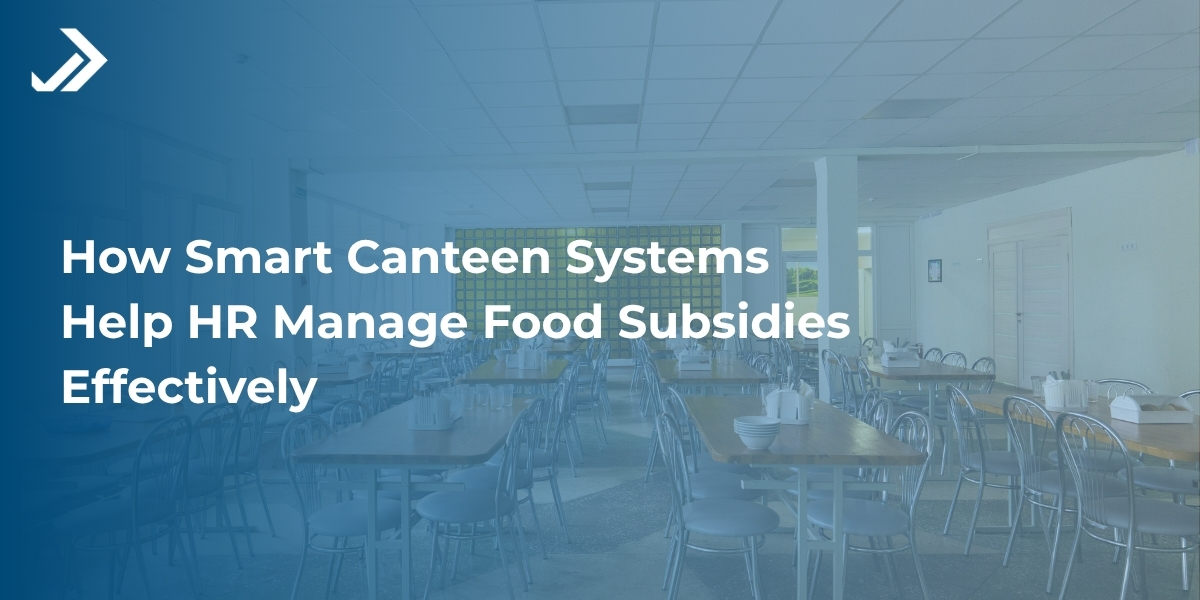Author : Marketing Team | Follow us on LinkedIn:
30 Jul, 2025
From Night Shifts to Rotational Crews: Easy Attendance Tracking for Multi-Shift Teams
Table of Contents
Managing employee attendance in a world that never sleeps is a growing challenge. As industries adopt 24/7 operations, rotational rosters, and night shifts, traditional tracking methods are proving to be ineffective and prone to error. Whether it’s a factory, hospital, or call center, workforce schedules are no longer linear or predictable.
In such dynamic workplaces, a robust attendance management system is not just sound—it’s critical. Outdated systems that rely on manual entries, static shift allocations, or single-location setups often fall short in terms of accuracy, speed, and compliance. What’s needed today is a flexible, real-time attendance management solution that adapts to rotational crews and multiple shift types without disrupting productivity.
The Rise of Multi-Shift Workplaces
The concept of a 9-to-5 job is becoming increasingly rare. Many businesses now operate in staggered shifts, night rotations, and multi-location formats to meet market demands and serve global clients.
Industries commonly using multi-shift systems include:
- Manufacturing & Production Plants – To meet 24/7 operational goals
- Healthcare Institutions – Doctors, nurses, and support staff working in rotating shifts
- BPOs & ITES – Serving clients across time zones
- Retail & Hospitality Chains – With footfall-driven shift schedules
- Facility Management & Security Services – Needing constant coverage
These complex shift setups pose serious tracking challenges. HR teams must deal with varied work hours, location-specific shifts, and sudden staffing changes—all while ensuring accurate payroll, compliance, and resource optimization. This is where a scalable and smart attendance management system becomes indispensable.
Traditional Challenges in Multi-Shift Attendance Tracking
Organizations relying on outdated systems often struggle with:
- Manual Shift Assignments and Human Error: Allocating and managing shifts through spreadsheets or paper-based rosters increases the risk of mistakes.
- Confusion in Overlapping and Rotating Shifts: Employees on dynamic schedules can end up punching in at incorrect times or locations.
- Inaccurate Payroll and Compliance Issues: Without proper records, HR teams face hurdles in salary processing and maintaining audit trails.
The more complex your shift operations, the more crucial it is to adopt a reliable attendance management solution that can automate these tasks and reduce dependency on manual efforts.
How Smart Attendance Systems Simplify Multi-Shift Tracking
A modern attendance management system is built to accommodate the evolving needs of businesses that operate around the clock. It offers features tailored for shift-based operations, making tracking seamless across departments, teams, and locations.
Key capabilities include:
- Multiple Shift Configuration: Easily set up and assign different shift patterns for various teams or branches.
- Auto-Shift Detection: The system identifies an employee’s shift based on their first punch, removing the need for manual input.
- Real-Time Alerts & Reports: Get instant notifications for missed punches, late entries, or absenteeism, sorted by shift and department.
This automation significantly reduces manual work while enhancing data accuracy and accountability throughout the organization.
Key Features That Make It Work
The strength of an effective attendance management solution lies in its ability to adapt to any operational structure. The following features are essential for smooth functioning:
- Shift Scheduling by Department or Group: Create separate shift templates based on job roles, teams, or business units to facilitate efficient scheduling and resource allocation.
- Location-Wise Shift Management: Manage shifts for employees working across multiple offices, warehouses, or factory floors through a centralized dashboard.
- Seamless Integration with Punch-In Methods: Sync with biometric devices, RFID cards, or mobile apps to record time entries accurately.
- Override Support for Sudden Shift Changes: Make quick shift adjustments when needed without disrupting the existing schedule.
With these tools, HR and admin teams gain complete visibility and control over every shift and every employee, regardless of complexity.
Benefits for HR and Operations
By investing in a smart attendance management system, companies can unlock a range of benefits:
- Accurate, Shift-Wise Attendance Records: Gain a clear picture of who worked when, where, and for how long.
- Automated Payroll Calculations: Minimize errors by integrating attendance directly with payroll software.
- Enhanced Workforce Allocation: Utilize real-time data for improved shift planning and resource optimization.
- Regulatory Compliance and Audit Readiness: Maintain precise records that comply with labor laws and can be easily audited.
Overall, an attendance management solution enables organizations to achieve operational efficiency, enhance employee satisfaction, and alleviate administrative burdens.
Conclusion
In an era where employee flexibility, productivity, and compliance are more important than ever, shift-aware tracking has become essential. Businesses with rotating shifts, night crews, and cross-location operations cannot afford to depend on outdated systems.
Today’s workforce demands a modern attendance management system that is real-time, adaptable, and user-friendly. From auto-shift mapping to real-time alerts and seamless integrations, the right solution empowers HR and operations teams to work smarter, not harder.








